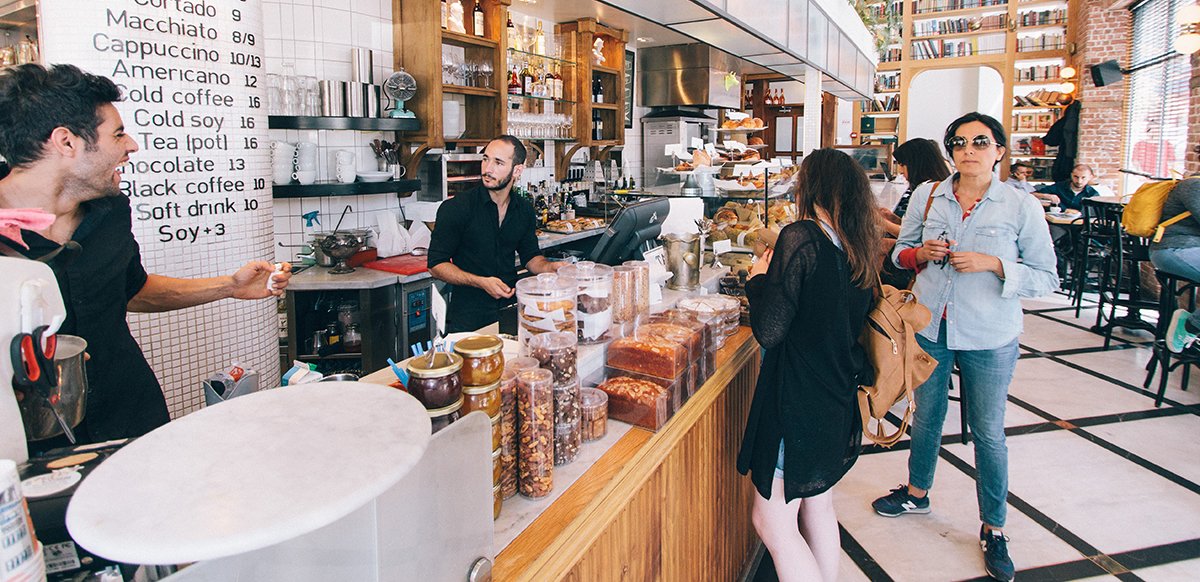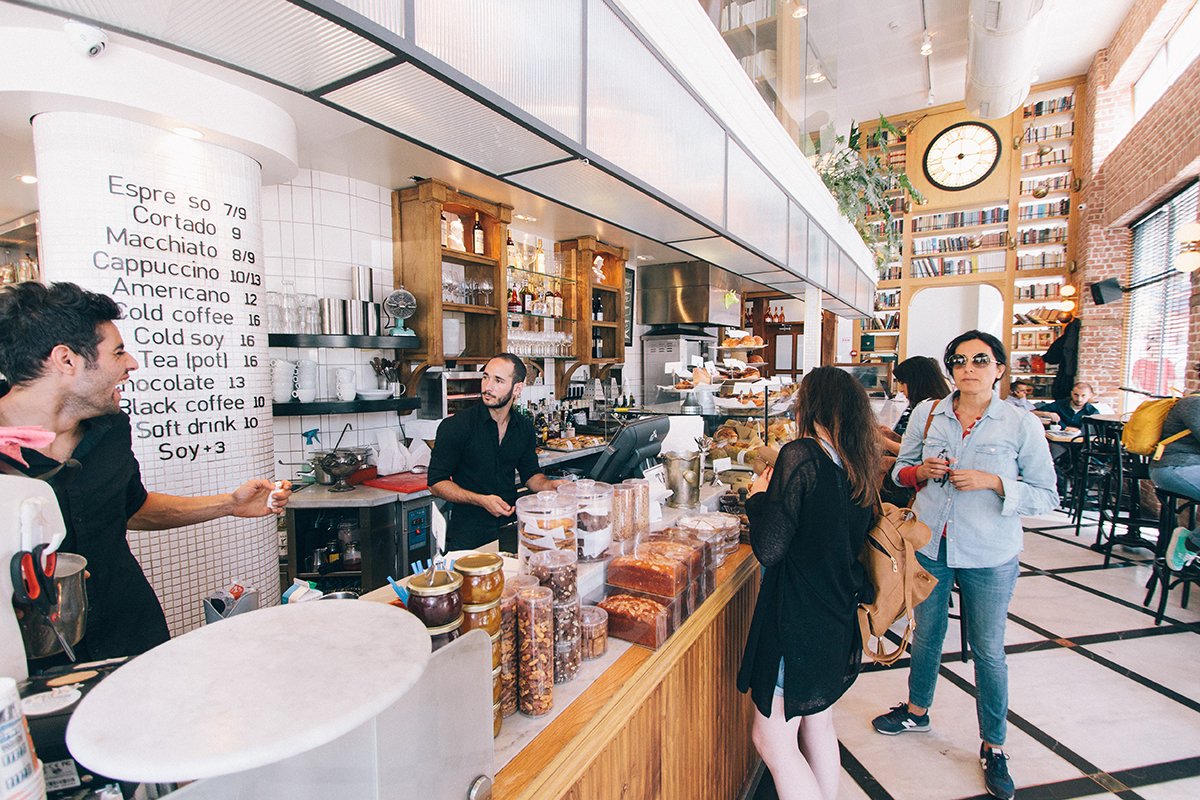
Marketing automation is something that gets a lot of buzz in the e-retail world, but not nearly enough attention in the physical brick-and-mortar retail industry. That’s a problem because many of the benefits that e-retailers get from marketing automation can also help physical storefronts grow their revenue and sales.
What Is Marketing Automation?
Marketing automation is pretty much what it sounds like. It is a software or process that automates the sale funnel.
Through marketing automation, you lay out a sales funnel and set it to automatically and continuously collect, nurture, and convert prospects. You also collect data that helps you identify your most engaged and qualified customers.
A broad example of marketing automation could be:
-
- A prospect shows interest in a brand or product. For example, a prospect visits a restaurant’s website.
- The prospect provides their contact information. The prospect enters their email address in exchange for a coupon for 15% off their next combo purchase.
- The brand sends valuable content to the prospect based on what they originally showed interest in. Three days later, the brand sends the prospect an email introducing their new combo menu item.
- The prospect makes a purchase from the brand. The prospect visits the store and uses their coupon to buy a chicken sandwich combo.
- The brand continues to engage the customer based on what they know about them. The brand sends the customer an email with a coupon for a different type of chicken menu item and another email when they release a new chicken menu item.
This example shows the basic way that marketing automation supports the customer journey and automatically collects leads, nurtures prospects, drives conversions, and brings customers back into the sales funnel.
Most of the conversation around marketing automation gets centered around e-retailers, software products, and businesses that exist exclusively online. But, traditional storefronts can also leverage the power of marketing automation.
Here are a few ways that brick-and-mortar businesses can launch marketing automation campaigns through in-store marketing.
How to Use In-Store Marketing to Support Marketing Automation
In-store marketing uses strategic messaging and tools to advertise to customers who are already in a business. This may seem like it’s far removed from marketing automation that typically takes place online.
But, the online world and the real world are merging together more than ever. People bring their digital worlds with them wherever they go, and technology makes it possible to create a cohesive connection between the two spaces.
Here are a few ways you can use in-store marketing to bring these two worlds together.
1. Highlight lead generation promotions where in-store customers can’t miss them.
While it may be easier to get online audiences to pass over their contact information in exchange for a deal, coupon, or offer — that doesn’t mean it’s impossible to do in your physical storefront.
In fact, you’re missing out if you aren’t encouraging in-store shoppers to the trigger marketing automation process by signing up for your email list. In-store shoppers are highly engaged and interested in your brand, therefore they are very likely to join your list or sign up for your campaign. You just have to ask them.
- Use your in-store signage to promote your opt-in offers. Highlight offers on digital menu boards and add featured content to your video walls and waitboards that encourage customers to sign up. Clearly show the benefits of signing up (what the customer gets in return) and tell them exactly how they can sign up.
- Directly guide customers through overhead messaging. In addition to promoting your opt-ins through digital content, also share messages with customers through overhead messaging. In between songs, include call-to-actions that guide shoppers or clients to sign up.
- Train staff to ask customers to sign up. Don’t rely on in-store content alone. Also, train your staff to lead customers to opt-in by asking them at check-out or encouraging them to review your offers on in-store screens.
2. Use interactive displays to collect customer information.
Increase the reach of your marketing automation process and get more customers to sign up by making it extremely easy for in-store customers to sign up.
Collect contact information from in-store customers using interactive displays and touchscreen kiosks. By giving customers the ability to quickly sign up and instantly gain benefits (whether by entering a contest, getting a coupon, or some other perk), you make it more likely that they will sign up while in your store.
3. Use WiFi marketing to collect customer contact information.
You can also use the digital screens that customers brought into your store to get customers to join your marketing automation list. By offering free customer WiFi, you can quickly collect customer contact information.
Through WiFi marketing, you can require customers to enter their email address or use a Facebook login to access your free network. This allows you to add them to your list as well as learn about them.
Support Marketing Automation Through In-Store Marketing Solutions
In-store marketing tools help you collect leads and insights for your marketing automation campaigns.
Use the tools and tactics outlined in this to funnel your in-store customers into your online databases. From there, track their purchase history and shopping habits to keep them engaged, drive purchases, and bring them back to you business again and again.
To learn how to set up these marketing tools in your store and start supporting your online marketing automation from inside of your brick-and-mortar business, get our free guide on in-store marketing. The free ebook shows you step-by-step how you can bring powerful in-store marketing tools, like digital signage, customer WiFi, and overhead messaging, to your business.
